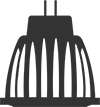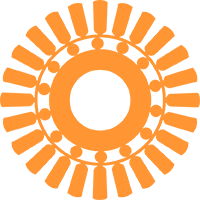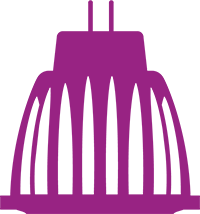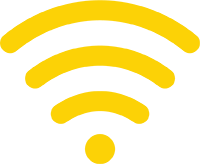Preliminary findings from the IEA 4E SSL Annex show that environmental impact for T5 lamps can be reduced by 44% and for T8 lamps by 61% if they are replaced by LED retrofit tubes. These are LED “plug-and-play” retrofit tubes that can be installed directly into existing fluorescent fixtures.
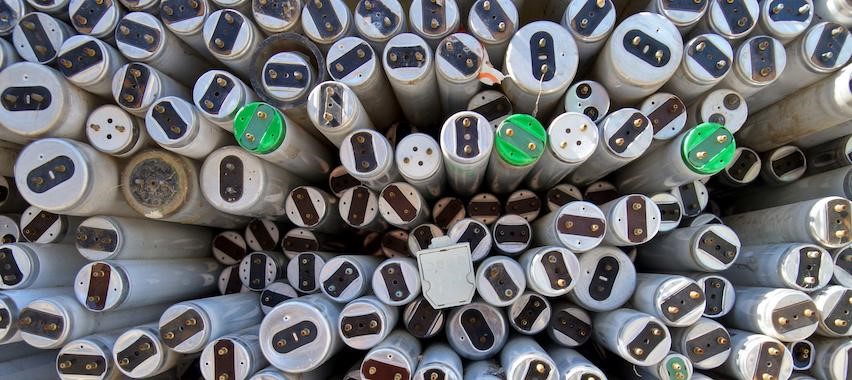
As the 147 countries who are party to the Minamata Convention on Mercury gather for their Fifth Conference of the Parties today, the IEA 4E SSL Annex notes that this is a singular opportunity to simultaneously eliminate mercury fluorescent lamps while halving environmental impacts.
Mercury free LED retrofit tubes can be installed directly into existing fluorescent fixtures and the preliminary findings from the SSL Annex’s life-cycle assessment (LCA) study show that for T5 lamps, total life-cycle environmental impacts can be reduced by 44% and for T8 lamps, impacts can be reduced by 61%.
“We are very pleased to share these preliminary findings of our life-cycle assessment” said Professor Georges Zissis, chair of the IEA 4E SSL Annex and Principal Investigator for the LCA study. “We hope that the delegates discussing the phase-out date for linear fluorescent lamps globally will bear in mind that the sooner they transition the world toward LED lighting, the better.”
Twice as efficient
LED retrofit lamps are approximately twice as efficient as the fluorescent lamps they replace while producing the same illumination in the room, thus they save electricity and save greenhouse gas emissions. As has been demonstrated by other studies, these solutions are highly cost effective with payback times as short as four months [Ref.1, Ref.2]. Furthermore, the LED lamps last 2–3 times longer than fluorescents, which saves on maintenance costs.
The comparison showed that the dominating impact was greenhouse gas emissions – produced from the electricity powering the lamps – which accounted for just over 85% of the environmental impacts observed for the T5 and T8 lamps. The two graphs show the relative scale of the environmental impacts for T5 and for T8. The impact of the mercury-free LED retrofit lamps is significantly lower.
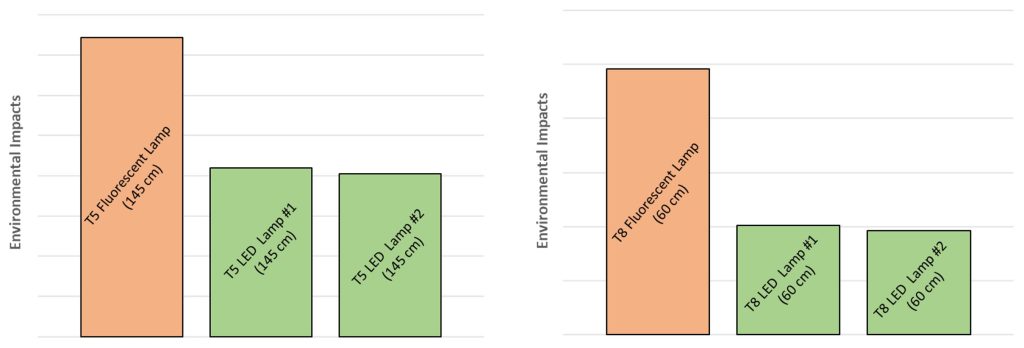
About the study
The IEA 4E Solid State Lighting Annex (SSL Annex) is currently finalising a life-cycle assessment (LCA) to compare the relative environmental impact of installing linear fluorescent lamps with LED retrofit lamps. When linear fluorescent lamps are no longer offered for sale in a market, building owners have a choice – they can either install a compatible LED retrofit tube or replace the old fluorescent fixture with a new LED luminaire. This LCA study examined the option of replacing linear fluorescent lamps with LED retrofit tubes.
LCAs are scientific studies that allow for the quantification of environmental and sustainability aspects across a range of impact indicators for a product over its entire life cycle – from the mining of raw materials through to disposal at end of life. The general procedure for conducting a life-cycle assessment is defined in the International Organisation for Standards (ISO) 14000 series. This LCA study comparing fluorescent lamps with LED retrofit tubes is being conducted in compliance with ISO 14044:2006 Environmental Management, Life Cycle Assessment Requirements and Guidelines.
This LCA study is investigating six lamps – one T5 comparison and one T8 comparison:
| T5 Comparison | T8 Comparison | |
| Fluorescent Lamp |
T5, 35 watt, 3315 lumens, cool white (840), 24 000 hrs life; 145 cm | T8, 18 watt, 1350 lumens, cool white (840), 20 000 hrs life; 60 cm |
| LED Option #1 | T5 20 watt (35 watt equiv.), 3000 lumens, cool white (840), 60 000 hrs life; 145 cm | T8, 8 watt (18 watt equiv.), 1000 lumens, cool white (840), 60 000 hrs life; HF ballast; 60 cm |
| LED Option #2 | T5 20 watt (35 watt equiv.), 2800 lumens, cool white (840), 50 000 hrs life; 145 cm | T8, 8 watt (18 watt equiv.), 1050 lumens, cool white (840), 60 000 hrs life; EM ballast; 60 cm |
Note 1: the T8 comparison includes one LED alternative for HF and one for EM fluorescent ballasts. Note 2: considering the optical efficiency of the fixture, the resulting illumination of the room by LED tubes is equivalent to fluorescent. Note 3: when retrofitting LED tubes into fixtures, national safety standards must be followed.
The teardowns of these lamps were conducted in 2023 and all components were measured and weighed. These components were then matched to the life-cycle inventory database (Simapro 9.0 and Ecoinvent 3.6) in order to quantify the environmental impact across 15 different indicators covering soil, water, air and waste. The final LCA report from the SSL Annex will be published in early 2024.
To help facilitate the transition to LED lamps and luminaires, the SSL Annex has published recommended quality and performance requirements for LED products that can be found here. These can be used as the basis for minimum energy performance standards and market transformation programmes.
[ENDS]
About the IEA 4E Solid State Lighting Annex
The SSL Annex was established in 2010 under the framework of the International Energy Agency’s Energy Efficient End-use Equipment (4E) Technology Collaboration Programme (TCP) to provide advice to its member countries seeking to promote energy efficient lighting and to implement quality assurance programmes for SSL lighting. This international collaboration currently consists of the governments of Australia, Denmark, France, the Republic of Korea, Sweden and the United Kingdom. Information on the 4E SSL Annex is available from: https://www.iea-4e.org/ssl/ More information about the IEA 4E TCP can be found here: https://www.iea-4e.org/
Press Contact:
Nils Borg, Operating Agent of SSL Annex
Borg & Co.
Stockholm, Sweden
T: +46 70 585 31 74
E: [email protected]

























